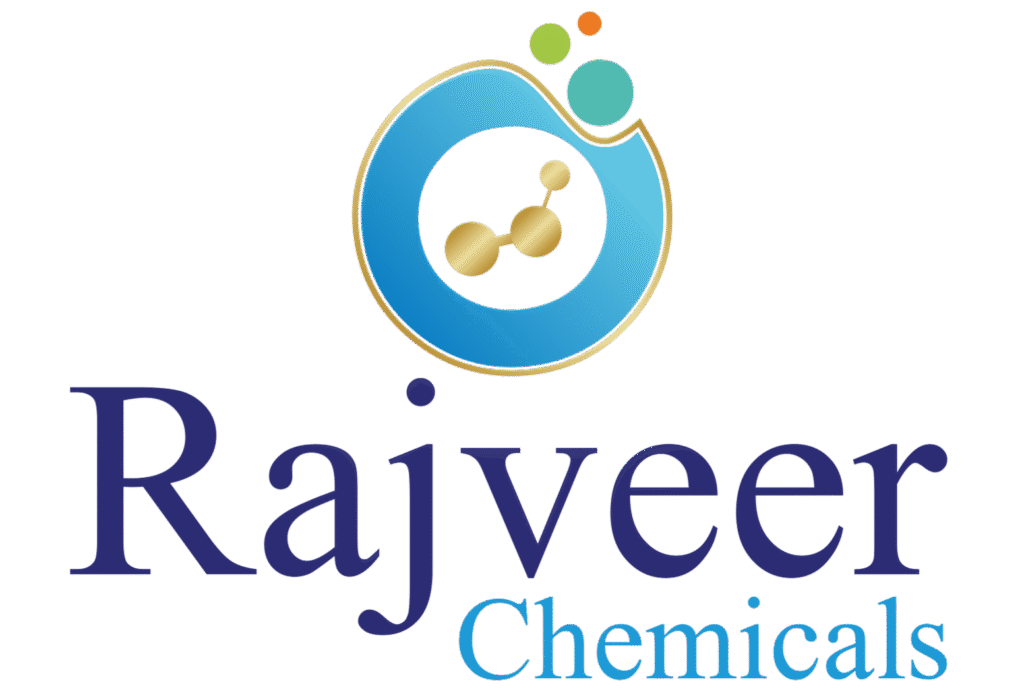Stainless Steel Wire Drawing
High Carbon & Low Carbon
Steel Wire Drawing Powder
Galvanizing Wire Wiping Powder
Galvanizing Flux
Ammonium Chloride, Zinc Chloride
Zinc ash Formation reducing Chemicals
Lead Wiping Chemicals
Electroplating Chemicals
Passivators
Wire Drawing Dies
Ammonium Chloride And Zinc Chloride
Ammonium chloride and zinc chloride wire drawing powder is a mixture of ammonium chloride and zinc chloride that is used to lubricate wire during the wire drawing process. The powder helps to reduce friction and wear on the wire and the dies, and it also helps to prevent the wire from sticking to the dies.
The wire drawing process is a process of reducing the cross-sectional area of a wire by passing it through a series of dies. The dies are made of a harder material than the wire, and they have a smaller cross-sectional area than the wire. As the wire passes through the dies, it is stretched and elongated.
The ammonium chloride and zinc chloride in the powder help to reduce friction and wear on the wire and the dies by forming a thin film on the surface of the wire. This film acts as a lubricant and helps to prevent the wire from sticking to the dies.
The powder also helps to prevent the wire from breaking during the wire drawing process. The ammonium chloride and zinc chloride in the powder help to strengthen the wire and make it more resistant to breakage.
Ammonium chloride and zinc chloride wire drawing powder is a safe and effective way to lubricate wire during the wire drawing process. It is easy to use and it is available at most hardware stores.
Here are some of the benefits of using ammonium chloride and zinc chloride wire drawing powder:
- Reduces friction and wear on the wire and the dies
- Prevents the wire from sticking to the dies
- Strengthens the wire and makes it more resistant to breakage
- Easy to use
- Available at most hardware stores
Here are some of the precautions to take when using ammonium chloride and zinc chloride wire drawing powder:
- Avoid contact with the skin and eyes. If contact occurs, wash the affected area with soap and water.
- Do not breathe the dust. If dust is inhaled, move to fresh air and get medical attention if breathing becomes difficult.
- Keep out of reach of children.
